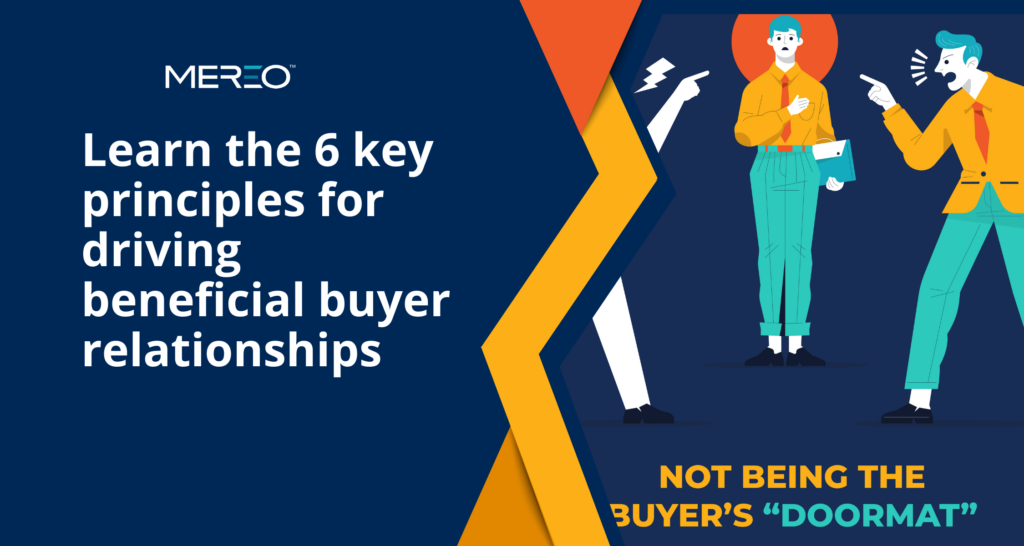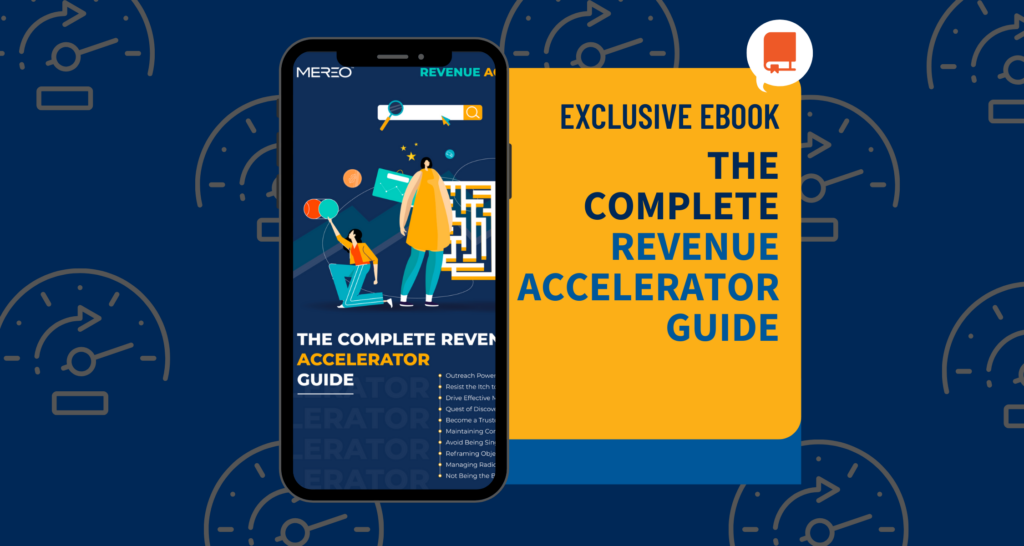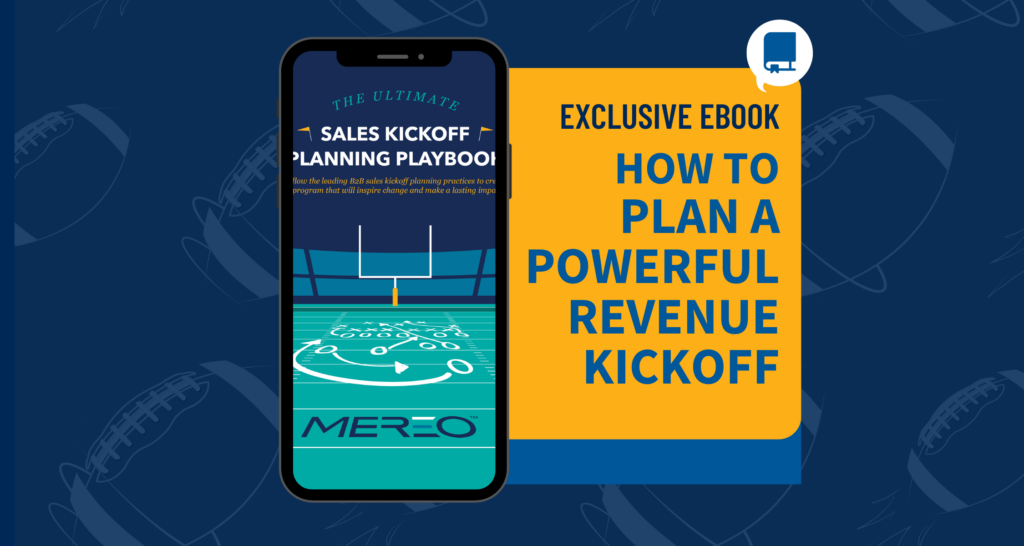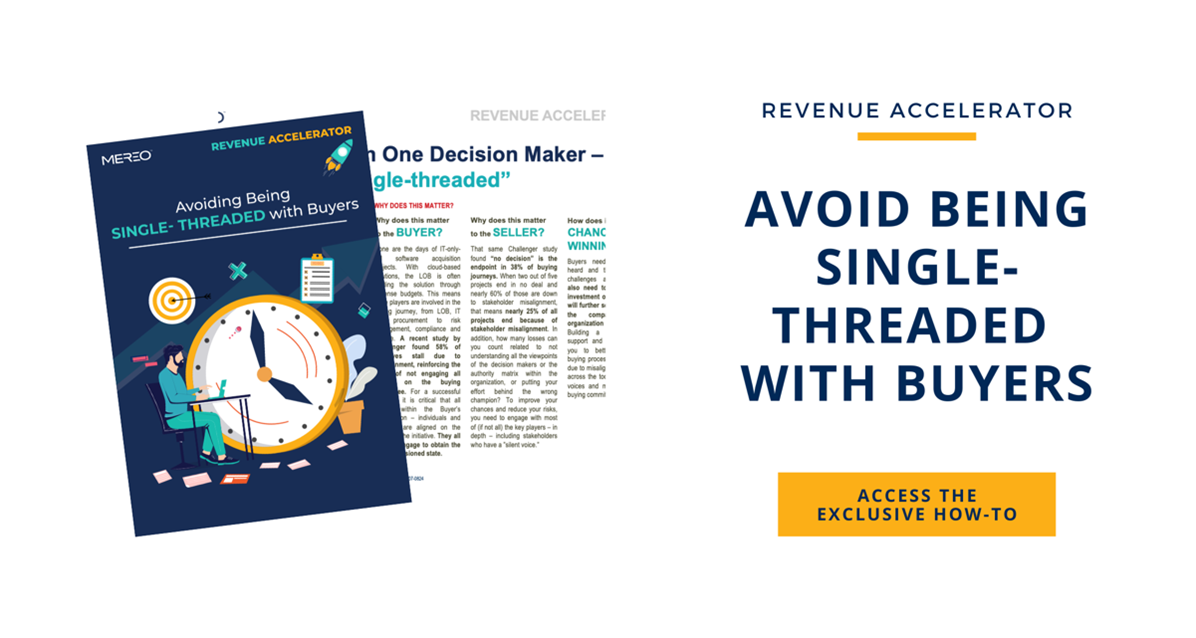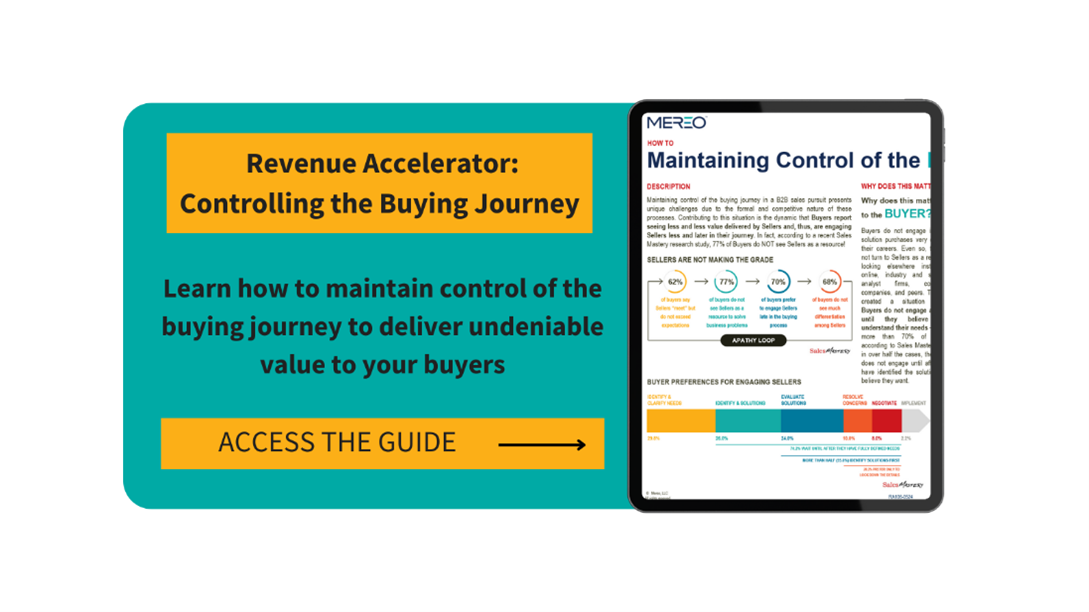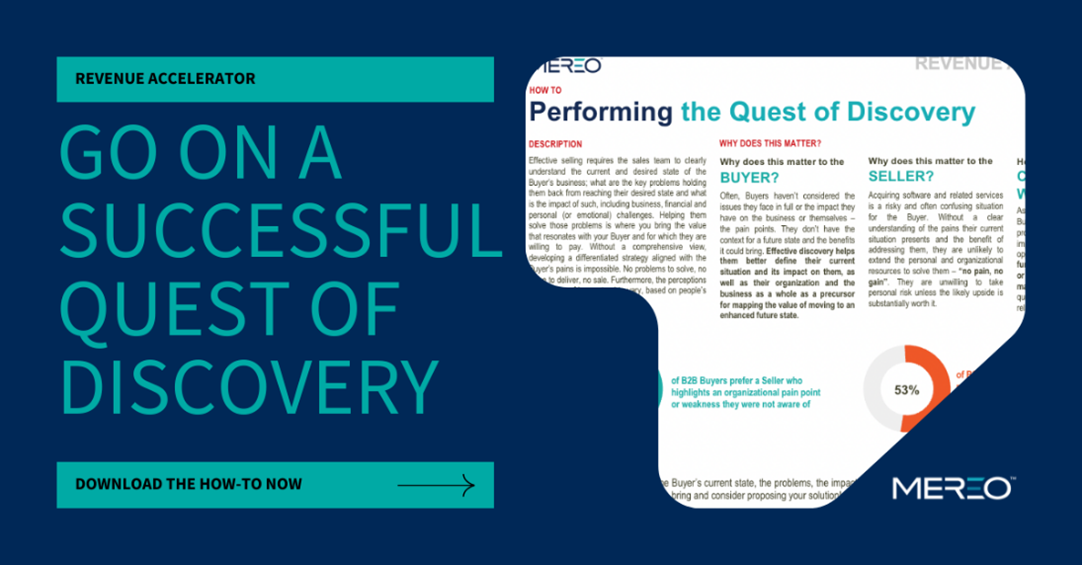This season, I have had the privilege of working with a Penn State Material Sciences and Engineering professor to help deliver part of the curriculum for a class focused on building a research and development (R&D) strategy and execution plan. This course covers defining the needs of buyers, identifying the best solution approach through whole product definition, defining potential risk scenarios, and crafting compelling proposals to secure funding.
This structured approach to innovation is something many businesses and solution management teams overlook. Instead of following a disciplined process like this, companies often take shortcuts that introduce unnecessary risks, ultimately compromising their return on investment. Too often, decisions are made in isolation without leveraging the market intelligence available from sales and marketing professionals or, more critically, from buyers. The result? Solutions developed without a full understanding of the target user and buyer — an approach that is almost guaranteed to lead to failure.
If this sounds familiar, your organization may need a strategic reset. At Mereo, we specialize in helping teams revamp their solution management processes to ensure their innovations are grounded in market needs and positioned for success.
THE COST OF POOR PRODUCT DEVELOPMENT PRACTICES
Past Harvard Business School professor Clayton Christensen noted that approximately 30,000 new products are launched annually, yet fewer than 5% succeed — and less than 1% thrive beyond three years. What leads to such dismal statistics? Let us explore two real-world (not) “best practices” we have witnessed over the past few years.
Company 1: No Business Case, No Success Metrics
This company had no requirement for a business case to justify its R&D investments. Even more concerning, they lacked clear metrics to define success once solutions hit the market. Despite allocating 13–14% of their annual revenue to R&D, they only achieved 1–2% annual growth. Meanwhile, competitors in the same market space, with more disciplined go-to-market strategies, were achieving double-digit growth rates. Without a business case and key performance indicators, this company had no way to measure whether their R&D investments were paying off — an issue that plagued their long-term success.
Company 2: Keeping Sales and Marketing in the Dark
At this company, the product team refused to share their development roadmap with sales and marketing, fearing that shifting delivery dates and feature changes might cause misalignment. As a result, launch planning did not begin until after solutions were available. The outcome? A 4- to 6-month delay in marketing and selling new solutions. This approach cost them valuable momentum in the market, allowing competitors to gain an edge while their products sat idle, waiting for go-to-market strategies to catch up.
AVOIDING THESE PITFALLS: A SMARTER APPROACH
To avoid these costly mistakes, B2B leaders should embrace a structured process that includes:
- Market-Driven Development: Engage sales and marketing teams early to capture buyer and user insights that guide product development.
- A Clear Business Case: Justify R&D investments with clear success metrics to track performance post-launch.
- Cross-functional Collaboration: Break down silos between product, sales and marketing to ensure alignment from development through launch.
- Early Go-to-Market Planning: Begin launch preparations well before a product’s availability to maximize market impact.
The bottom line? Innovation without strategy is a risky game. By implementing disciplined, market-driven processes, businesses can improve their chances of success, reduce wasted investment, and drive sustainable growth.
We have written the eBook on solution management leading practices, and you can download it for free here to elevate your solution management engine for unstoppable revenue performance.



